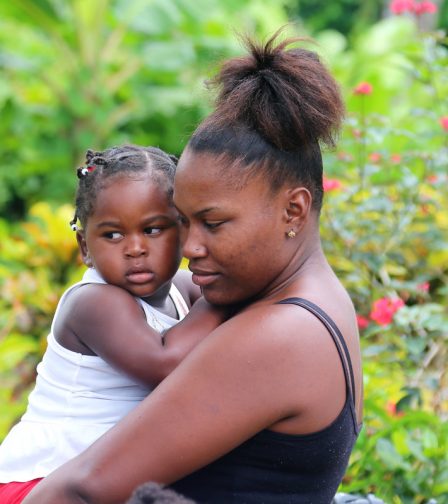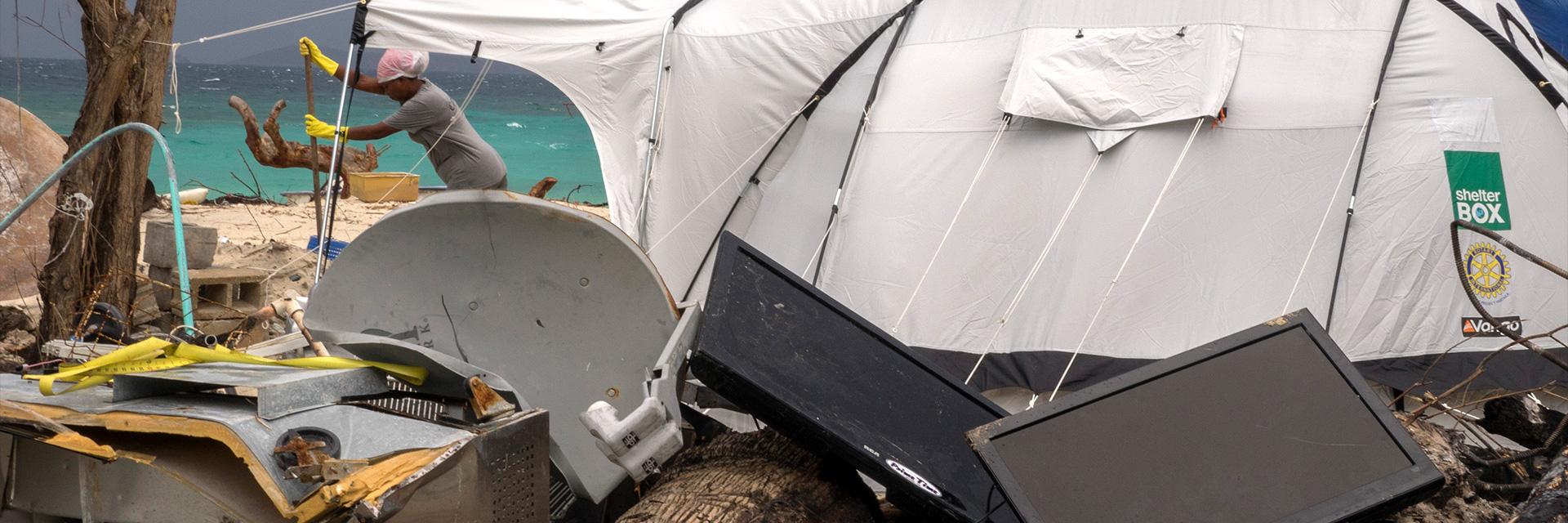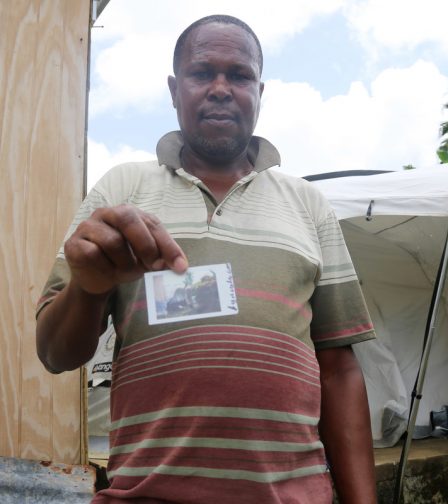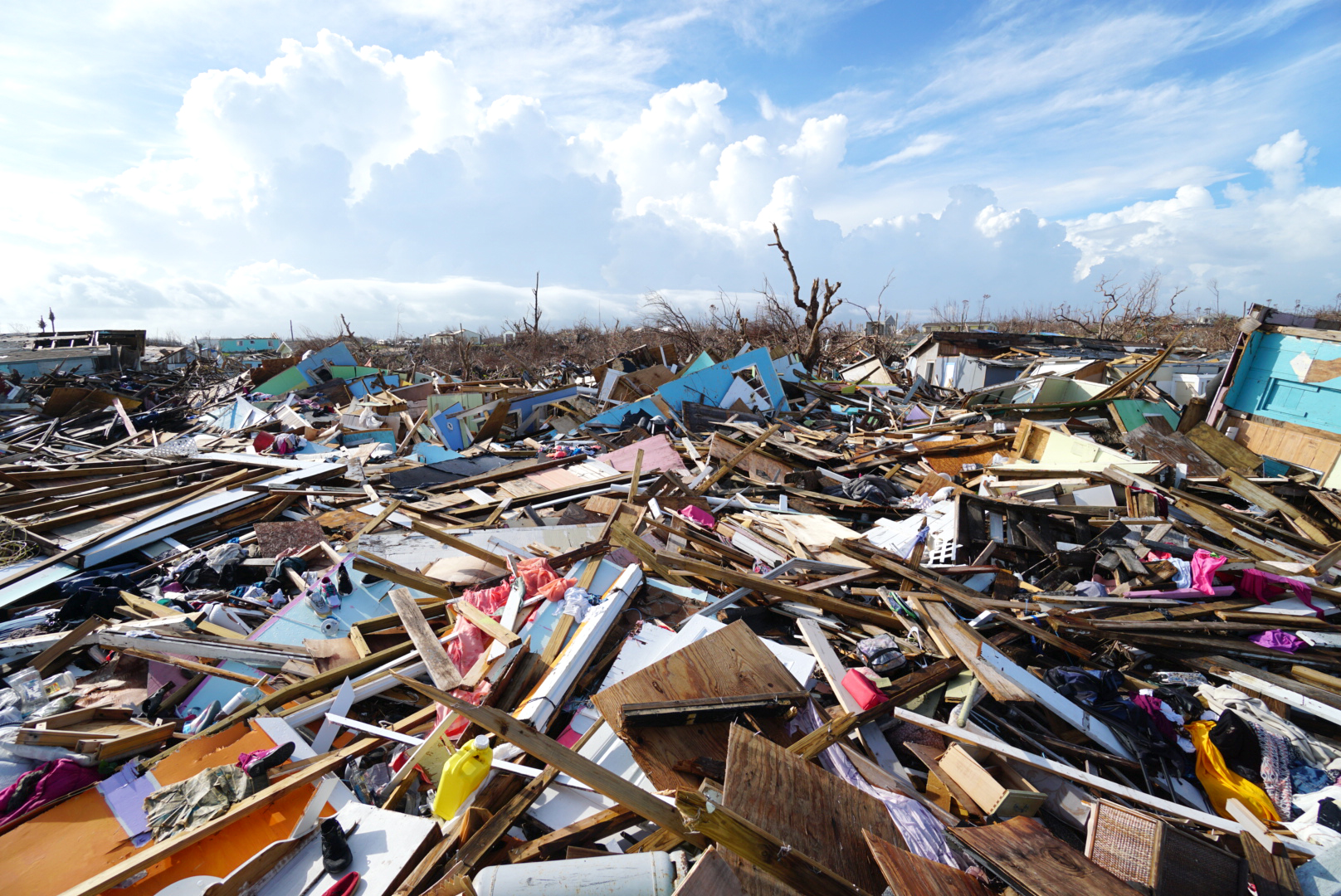
Whole islands devastated
On 27 August 2017, a tropical wave left the west coast of Africa. Within 4 days it had become Hurricane Irma – the most powerful hurricane ever recorded in the Atlantic Ocean.
Hurricane Irma made landfall on 6 September, leaving a string of Caribbean islands completely devastated. With wind speeds of up to 185 mph, Irma maintained Category 5 strength for 60 consecutive hours.
But the devastation didn’t stop there. Almost two weeks later, Hurricane Maria hit the same islands that took the brunt of Irma’s wrath.
Also a Category 5 hurricane, Maria sustained winds of 155 mph, taking down home after home. When the hurricane passed over Dominica, it destroyed all of the buildings on the island.
ShelterBox aid reached families devasted by disaster in Barbados, Barbuda, Dominica, Dominican Republic, and the British Virgin Islands.
One year later, we are looking back to one of the worst hurricane seasons in the Caribbean, in pictures. Take a look below and see how we’ve helped.
In pictures
[envira-gallery id=”6911″]
Where We Worked
The ShelterBox response team hand delivered aid to over 7,500 people across 5 islands in the Caribbean.
Where We Worked
British Virgin Islands,
St. Kitts and Nevis,
Antigua and Barbuda,
Dominica, the Dominican Republic
Aid Provided
Families devastated by disaster were provided a customized combination of aid to help them rebuild sooner including:
ShelterKits
Tents
Solar lights
Water purification and carriers
Tarpaulins




